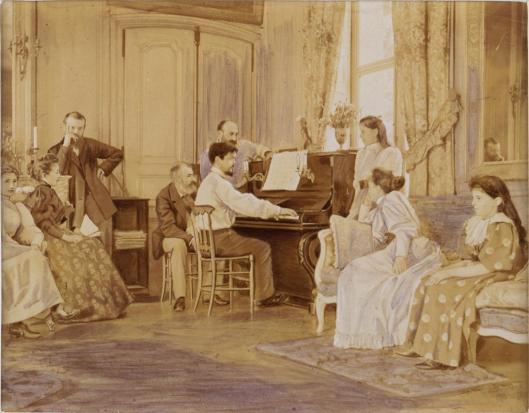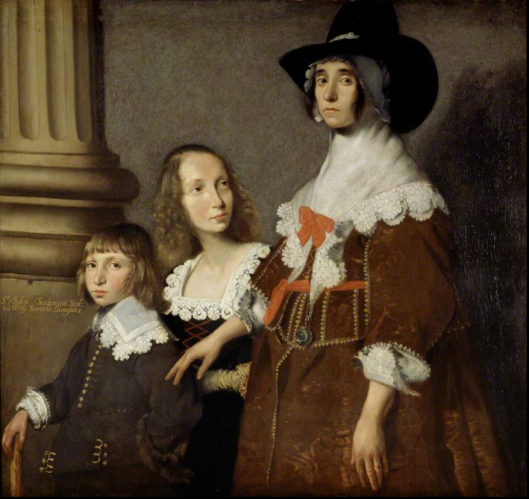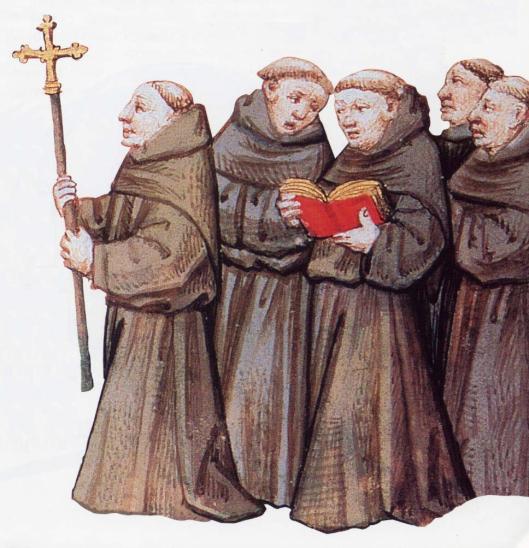Tags
A.J. Bailey, American Civil War, Amphitheatre, Barnum & Bailey, Ben Hur, bread and circuses, Charles Dickens, Circus, Circus Maximus, Claude Debussy, closing, clowns, Colosseum, Elephants, equestrian, gladiators, Hard Times, Jimbo's Lullaby, John Bill Ricketts, Jumbo, Juvenal, London Zoo, macadamized roadways, Museum, P.T. Barnum, panem et circenses, parade, Philip Astley, racing, railways, Ringling Bros, Rome, tents, travel, Valley Pike
Welcome, dear readers, as ever, to our latest posting.
We’re taking a slight detour from our usual work on adventure and fantasy because we’ve just read something on the BBC website. It was announced there (as on other news websites) that the famous Ringling Brothers/Barnum and Bailey Circus will close for good in May of this year.

If you are clownophobic (and it seems that many people are), this may be a relief to you.

If you love elephants (we do), you may be glad to see them freed from their slavery to humans (here—but not yet so in the rest of the world, perhaps).

If you, like us, love popular entertainments and their traditions, you may feel more ambivalent—or even ambivalent about feeling ambivalent—as we do.
After all, the word “circus” brings back a very ancient past—Rome and the Circus Maximus: the center for the Roman passion for chariot racing.


If you know the 1959 movie Ben Hur, you’ll know the amazing chariot race scene (set in Antioch, rather than Rome), which gives you an idea why this was the favorite Roman competitive spectator sport.

It’s also the basis of the remark by the Roman satirist, Juvenal (c.100AD), that the formerly independent people of Rome had gradually given up their rights and now anxiously awaited only two things: panem et circenses, “bread and circuses”, meaning a free grain dole and free public entertainment.
It’s a bit of climb from there to modern circuses, of course. There were animal shows in Roman arenas (places used for blood-sport spectacles, mostly), like the Colosseum in Rome.


(You’ll notice, by the way that we’ll show gladiators, but not beast-fights.)
But, afterwards, with the exception of private menageries kept by monarchs and nobles over the centuries, there was nothing like the modern circus until 1768, in London, where an ex-cavalry sergeant, named Philip Astley,

gave a demonstration of equestrian skill which soon brought him both fame and fortune. A competitor came up with the name “circus”, but it was Astley and his “Amphitheatre” who started it off.

And also inspired Charles Dickens (1812-1870)

to portray a comic (and not so comic) traveling version in his 1854 novel, Hard Times.

The first American circus, founded by the English equestrian, John Bill Ricketts, appeared in 1792, in Philadelphia.


By the early 19th century, these had become traveling tent shows, which brought a little something exotic to rural communities in the US before the Civil War.

But then enter P.T. Barnum (1810-1891).

(He’s the taller one on the left.)
Beginning in the 1830s, Barnum had a very long career in show business, including all sorts of hoaxes, a number of them displayed at his famous New York City museum—

After two disastrous fires, Barnum moved on, in 1870 founding his own circus, with a typically bombastic name: “P.T. Barnum’s Grand Traveling Museum, Menagerie, Caravan & Hippodrome”.

Never one to stand still, Bailey was an early user of the railways to move his circus.

In a world made up almost entirely of dirt roads for wheeled traffic, this was a very good idea. The most advanced roads were “macadamized”—meaning that they had layers of crushed stone, like the Valley Pike in the Shenandoah Valley of Virginia.

Otherwise, travel on anything other than a dry day could look like this—

In 1881, Barnum took on a partner, A.J. Bailey—

and, in 1882, he bought, from the London Zoo, an elephant, Jumbo.

From Jumbo, we get “jumbo-sized” and, of course, Claude Debussy’s (1862-1918),

“Jimbo’s Lullabye”, from his “Children’s Corner Suite”.

Meanwhile, the Ringling Brothers, of Baraboo, Wisconsin (now home of an impressive circus museum), put their own show on the road.

Early in the 20th century, the Ringlings bought Barnum and Bailey and, after a short time running two separate circuses, they joined them to become Ringling Brothers, Barnum and Bailey, which is now about to fold its tents forever.

We have never been big circus-goers, but one of our grandmothers used to tell the most haunting story. When she was a little girl, she sat on the front porch of her house and watched the circus—probably in fact Ringling Brothers, Barnum and Bailey—all its wagons pulled entirely by horses—parade down her street and, when she told the story, she returned to that porch and took us with her. So, as a small tribute to an old tradition, we close with a few images of those circus parades of the now far past.




Thanks, as always, for reading.
MTCIDC
CD


























































